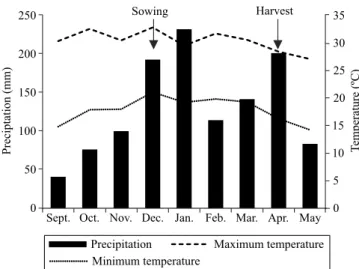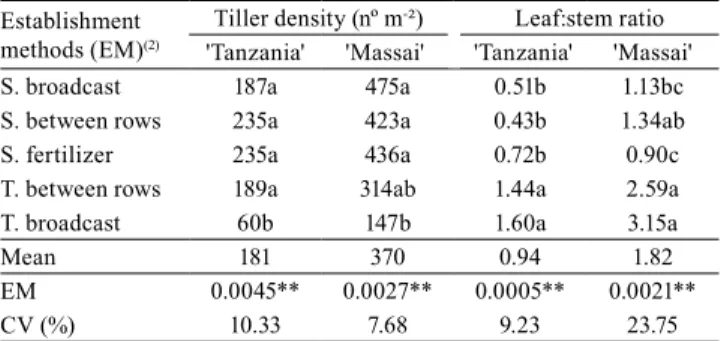Corn yield, forage production and quality affected by methods of intercropping corn and Panicum maximum
Texto
Imagem



Documentos relacionados
ABSTRACT - The objectives of this study were to evaluate baby corn yield, green corn yield, and grain yield in corn cultivar BM 3061, with weed control achieved via a combination
In relation to husked baby corn ears, there was no effect of the cultivars × production systems interaction with regard to ear weight, total and marketable ear length, and green
The true protein digestibility of the whole corn was higher than that of the germ fraction (Table 5), probably due to differences in protein content (lower for corn) and dietary
The lactic acid production was higher in the Tifton 85 bermudagrass silage with soybean hulls and corn grits despite the soluble carbohydrates having been higher in the
entendimento do uso do KAN BAN, como ferramenta a ser utilizada para otimizar o tempo de permanência e contribuir para a melhora no fluxo do paciente no âmbito
(2004), Mineral composition and dry mass production of corn plants affected by different phosphate sources and different soil aluminum saturation levels. (2001),
Total gas production was higher in feeds with high content of non-fiber carbohydrates, which were: ground corn, ground ear corn and dried cassava residue, resulting from the
Having in mind corn processing, the storage of corn ears and the lack of theoretical information about the corn ears’ drying processes, the goal of this work was to estimate